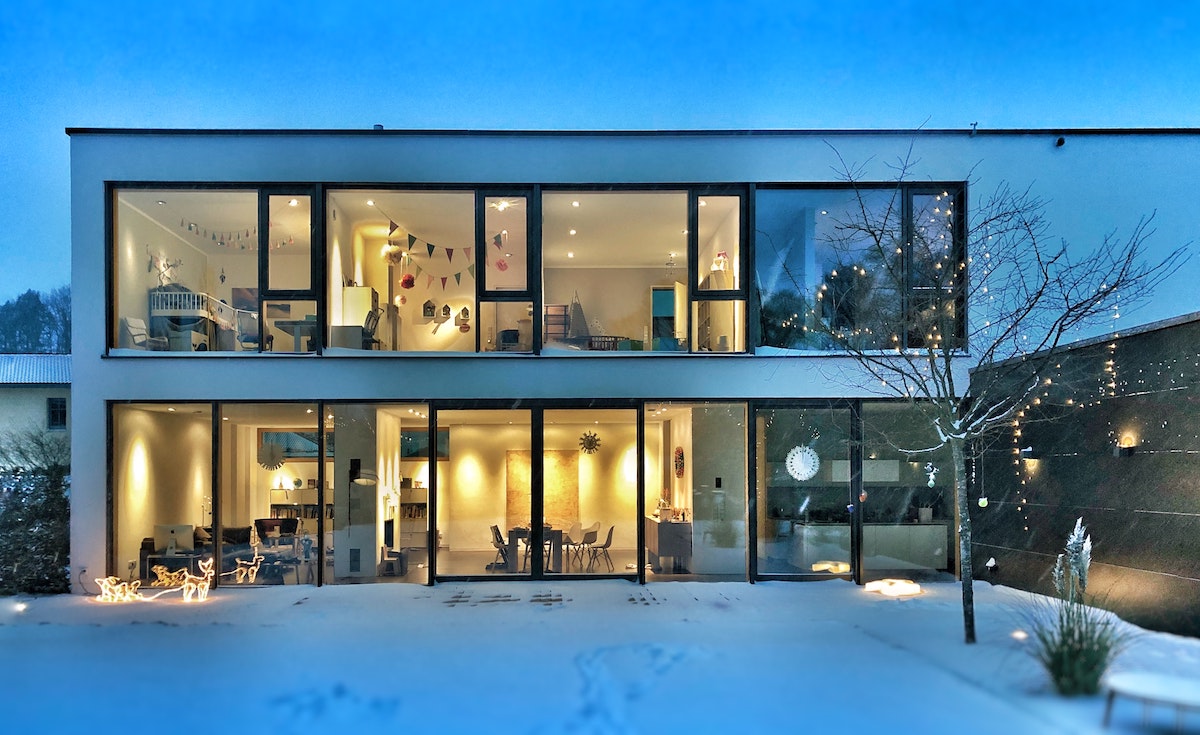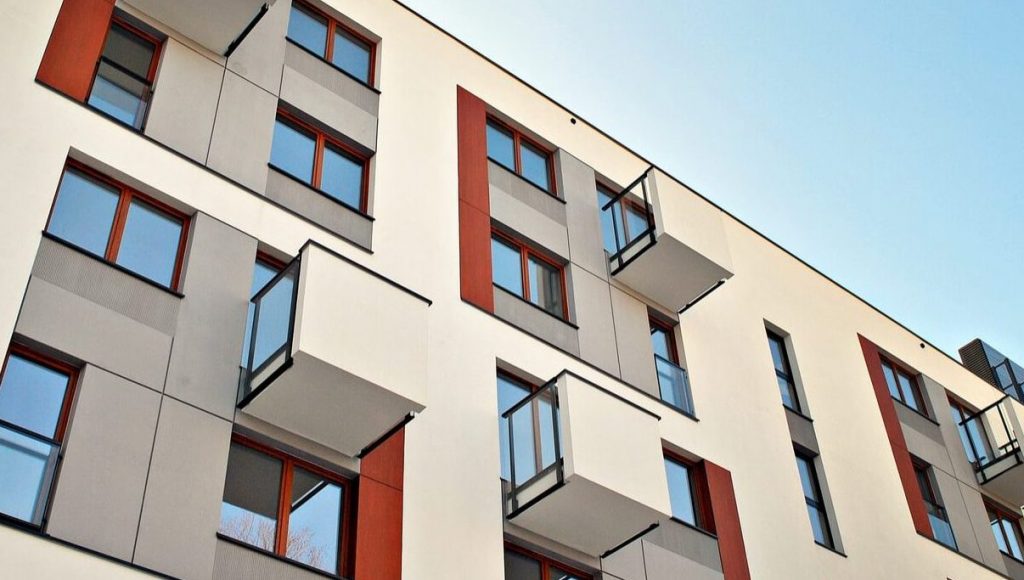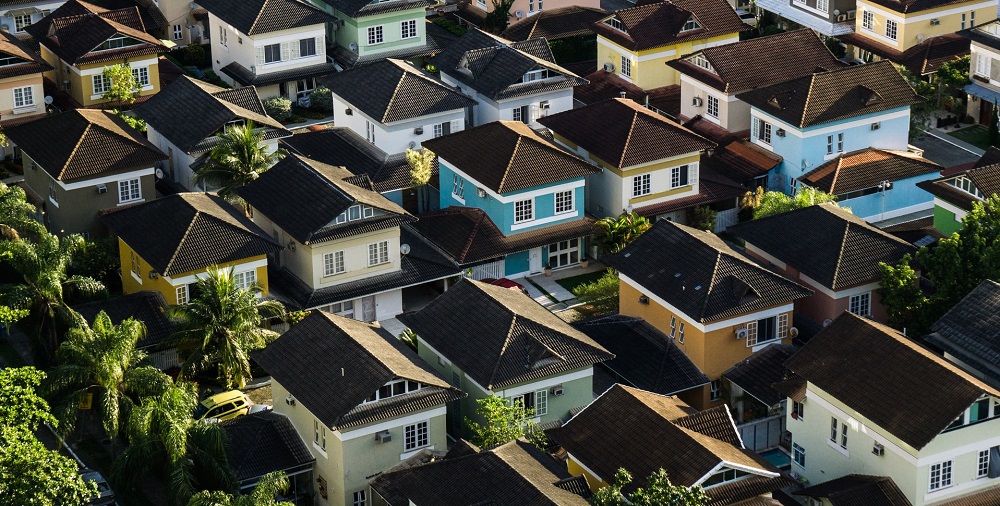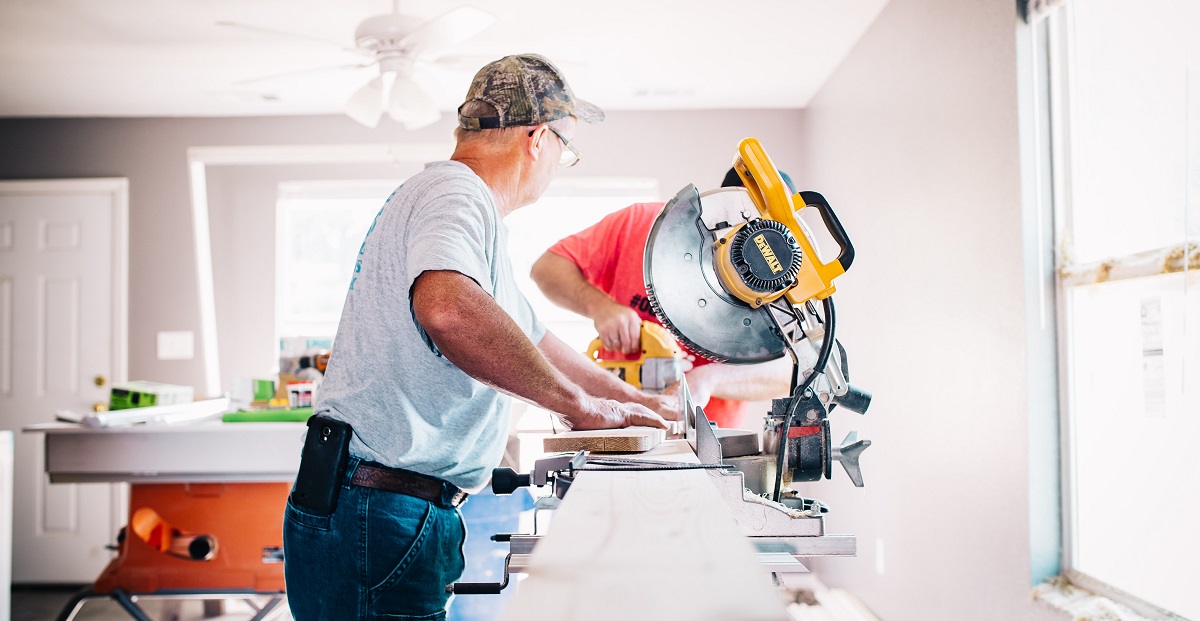Housing activity ended 2020 on a strong note with increases across almost all major indicators.New construction activity was a bright spot for the economy in 2020. Single-family housing authorizations increased 13.97% year over year and 3.21% month over month. The housing market, however, is still experiencing some growing pains with inventory hitting record lows in December. New construction is expected to continue into 2021 to help curb tight housing supply.
The market experienced steady year-over-year growth across almost all housing indicators in September. Single-family housing authorizations were up for the second consecutive month, signaling strong demand and homebuilder confidence in the market. New construction grew alongside construction employment in the U.S. last month. However, construction employment remains well below levels seen in the months preceding the pandemic, indicating room for growth in this segment.
Even five months into the pandemic, many industries are still experiencing the effects of COVID-19. However, U.S. housing activity has notably pushed past the early turmoil it experienced. After several months of hesitation, housing indicators are beginning to show growth once again.
New and existing housing activity declined across the board in May. However, a trend is beginning to appear within the housing market, where other housing indicators—existing home sales, construction jobs, mortgage locks, homebuilder sentiment, and more—started seeing improvement this month. Maintenance and remodeling—a subset of maintenance that includes renovations, additions, and alterations—declined year over year again in May, but not to the extent that it did in April.
COVID-19 reached its peak in the United States last month and the housing market felt the strain of the pandemic. A record number of houses were pulled off the market, new construction slowed, and existing home sales decreased.
Existing housing activity, which often sees a boost from property transactions, was no exception. Across the board, maintenance and remodeling—a subset of maintenance that includes renovations, additions, and alterations—declined drastically year over year.










